Have you heard of the dry line before? If you live in the Texas Panhandle or Oklahoma, this is nothing new to you. Every spring, the dry line is talked about on severe weather days. So, what is it exactly and how does it relate to thunderstorm development? The textbook definition of the dry line
Category: Weather
Which Cities Have the Best Weather?
The weather is moderating across most of the country at this time of year, and many areas are enjoying at least occasional pleasant weather days. So, we decided to take a look at which cities in the country have the most and fewest number of nice weather days per year. Everyone has their own idea
Heavy Precipitation in the Northern Sierras Leads to Oroville Dam Crisis
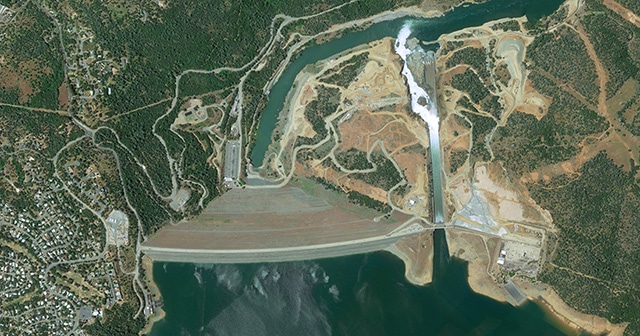
A dominant story in news headlines over the past few days has been the crisis at California’s Lake Oroville dam, the tallest earthen dam in the United States.
What is the Eastern Pacific Oscillation?
There are a number of atmospheric oscillations that are important drivers of week-to-week weather patterns across North America. The Arctic Oscillation (AO) and the North Atlantic Oscillation (NAO) often get the most attention, but one of the most important pattern oscillations for North America is the Eastern Pacific Oscillation or EPO. As the name implies,
The Tomb of the Unknowns is Guarded in Many Types of Weather
The Tomb of the Unknowns is guarded in many types of weather. Also known as the Tomb of the Unknown Soldier, this national monument is dedicated to unidentified service members who fought for our country. Since 1937, U.S. Army solders have guarded the tomb 24 hours a day, 365 days a year. Those guarding the tomb, known as Sentinels,
Hurricane Matthew: By The Numbers
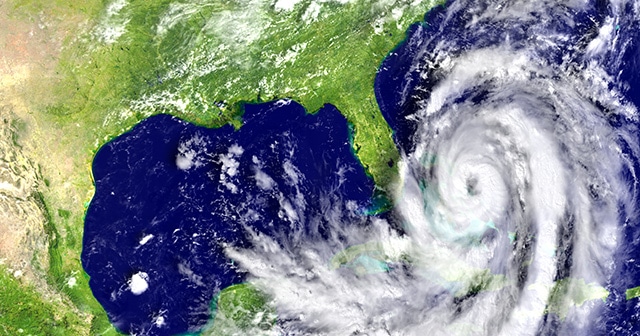
It has been over 10 years since the east coast of the United States has seen a major (category 3 or higher) hurricane hit its shores. Not since Hurricane Wilma in 2005 has a hurricane with such intensity moved ashore in the United States
Dos and Don’ts During Flood Catastrophes
Dos and don’ts during flood catastrophes are secondary to simply remaining calm. Without a clear head, the many dangers introduced by rising waters can cause panic, which can make things worse. Careful observances of the threats before it’s too late may turn future victims into survivors. Dos Dos and don’ts during flood catastrophes are secondary
How Safe are Stadiums When Lightning Strikes
Do you think you are safe from lightning when in a stadium? If you are a college football fan, you probably noticed that the game between the University of Oklahoma and Ohio State University was delayed on Saturday, Sept 17. Media may have shown rain falling, but it was actually a lightning delay that caused the
Earthquakes, Birds and Weather Radar
On September 3, 2016, a 5.8 magnitude earthquake occurred near Pawnee, Oklahoma at about 7:02 a.m. That morning, I was viewing Doppler weather radar data in my RadarScope® app and saw a rapid increase in the size of the radar echoes near the radar and also the intensity of those echoes, but when I looked
How are Hurricane Wind Speeds Determined?
With tropical storms and hurricanes churning in the oceans, you may be hearing them called Cat 2 or Cat 3 storms. What does that mean and how do they figure out that number? It’s actually pretty interesting, but not a job for the faint of heart. While satellites, radars and computer models can help meteorologists








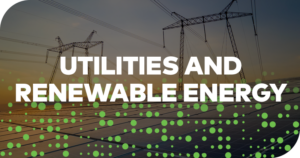
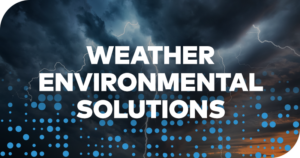

 Comprehensive weather insights help safeguard your operations and drive confident decisions to make everyday mining operations as safe and efficient as possible.
Comprehensive weather insights help safeguard your operations and drive confident decisions to make everyday mining operations as safe and efficient as possible.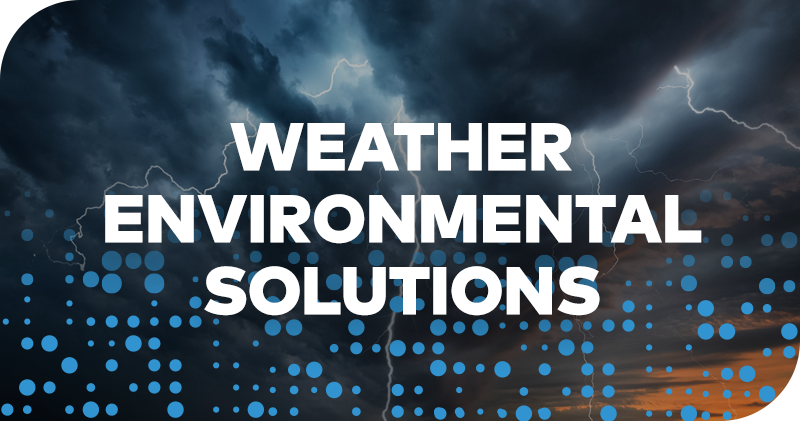 Learn how to optimize operations with credible weather and environmental intelligence. From aviation safety to environmental compliance, our comprehensive suite of solutions delivers real-time insights, advanced forecasting, and precise monitoring capabilities.
Learn how to optimize operations with credible weather and environmental intelligence. From aviation safety to environmental compliance, our comprehensive suite of solutions delivers real-time insights, advanced forecasting, and precise monitoring capabilities.